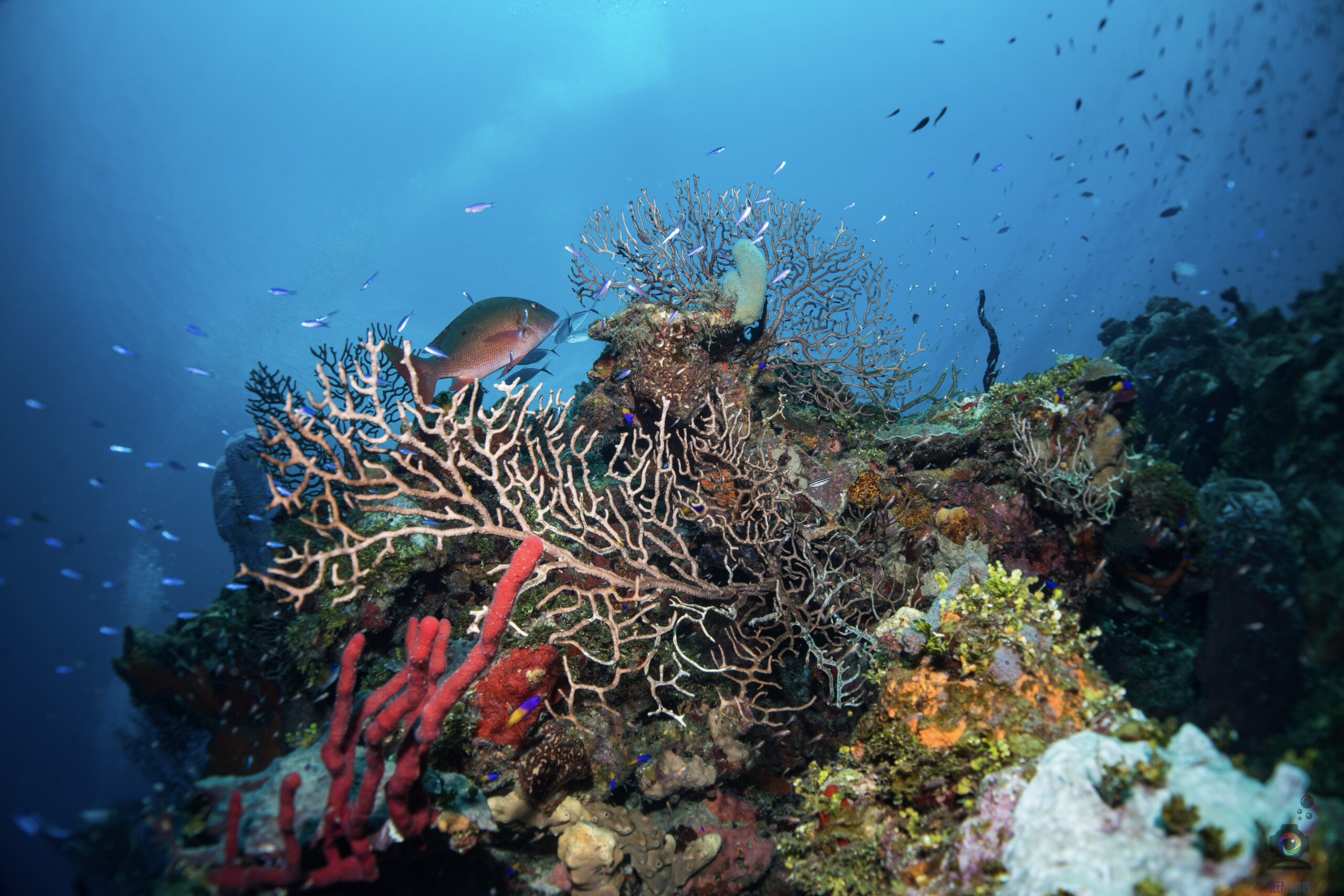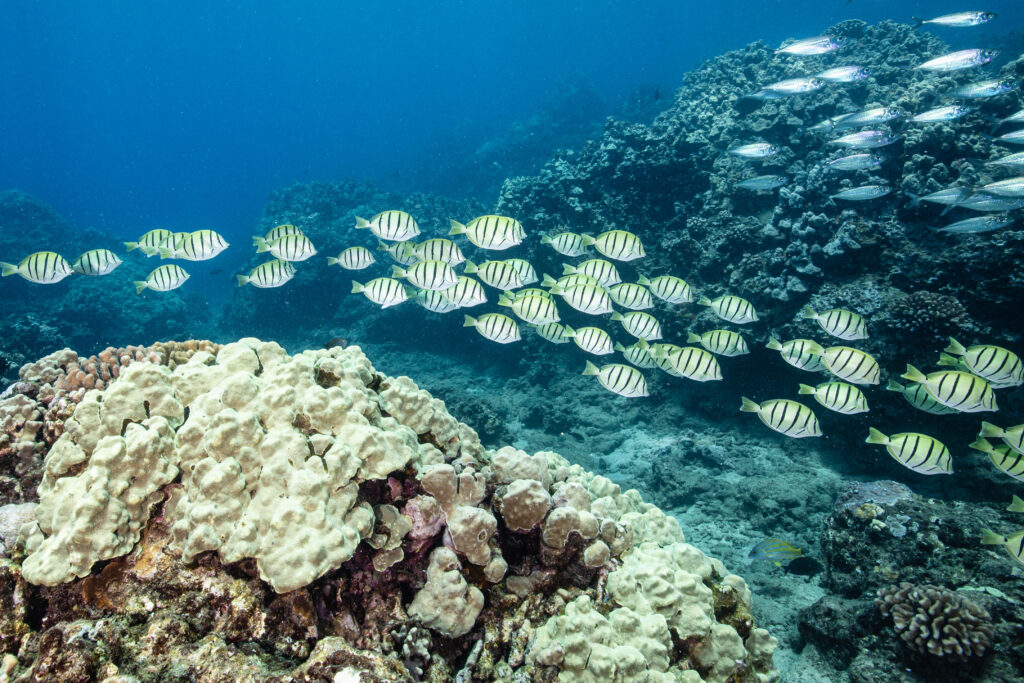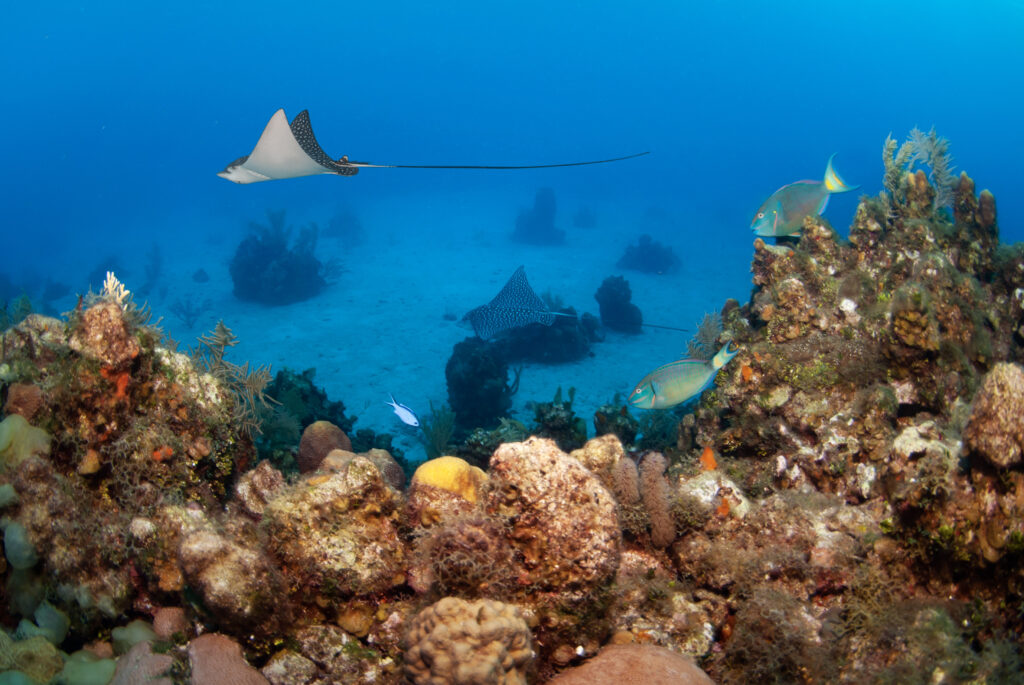Let’s explore Marine Protected Areas (MPAs), the safe places of our ocean’s biodiversity. In the world of conservation, MPAs are a key strategy for protecting the most lively and endangered parts of our oceans. These are special areas–managed by a variety of groups, including governments, local communities, and organizations like ours–that vary from places with strict regulations around sustainability to spots where human access is completely restricted.
These areas are crucial for protecting marine life and their homes, while also allowing for responsible human interaction with these vital ecosystems.
MPAs act as crucial refuges for countless marine species, shielding them from threats like overfishing, habitat destruction, and pollution. By offering safe breeding grounds, MPAs do more than just conserve biodiversity; they also help replenish fish stocks, supporting both the natural environment and the economies of coastal communities. This dual benefit is a testament to the essential role MPAs play in maintaining ocean health. Moreover, MPAs serve as critical research hubs, offering insights into marine ecology and helping to refine conservation efforts to bolster the resilience of marine ecosystems around the globe.

Types of MPAs, From No-Take to Multiple-Use
Marine Protected Areas (MPAs) play a pivotal role in the health and sustainability of our oceans. Among the diverse types of MPAs, no-take zones stand out for their strict conservation measures. In these areas, all forms of extractive activities, including fishing, drilling, and mining, are prohibited. This absolute protection is designed to allow marine ecosystems to recover and flourish, undisturbed by human interference, making them vital sanctuaries for endangered species and biodiversity hotspots.
On the other hand, multiple-use MPAs offer a balanced approach, permitting certain activities under stringent regulations. These areas are designed to harmonize environmental protection with human needs, allowing for sustainable fishing, responsible tourism, and even some level of resource extraction. The goal is to ensure these activities do not compromise the ecological integrity of the marine environment. By implementing a carefully managed plan, multiple-use MPAs can support local economies, providing livelihoods for communities while still prioritizing the conservation of marine life and habitats.
Dr. Helen Fox, our Conservation Science Director, has helped shed new light on how effective these MPAs can be. She has contributed to research showing that both no-take zones and multiple-use areas play a vital role in preserving the rich biodiversity of our oceans. Even in places where human activity is high, multiple-use MPAs can work just as well as no-take zones in helping marine life flourish and supporting the people who live nearby. This finding is crucial because it shows we need all types of MPAs to keep our oceans healthy and resilient.
Thanks to Dr. Fox’s insights, we’re learning that the right balance of protection and sustainable use in MPAs can make a big difference for both our marine environments and local communities. It’s about finding ways to protect our oceans while also considering the needs of those who depend on them.

Strengthening Communities and Embracing Diversity Through Conservation
The success of MPAs is deeply intertwined with the active participation of local communities. By incorporating traditional knowledge with the latest in conservation science, MPAs foster a profound sense of responsibility and care among those who live by the sea.
This partnership model not only protects the marine environment but also improves the livelihoods of people who depend on these resources.
From the vibrant ecosystems of the Galápagos Marine Reserve to the historical sites within the USS Monitor National Marine Sanctuary, MPAs protect a wide range of unique habitats and species. Despite covering just a fraction of the ocean’s vast expanse, these areas are critical to global marine conservation efforts, contributing significantly to the overall health of our oceans.
In Honduras, for example, we’ve seen remarkable progress with over 8,401 square kilometers of MPAs now under effective management and protection, partly thanks to the introduction of locally supported patrolling programs. This effort has been vital in protecting these areas from illegal activities and ensuring a thriving habitat for marine life.

The Future of Protected Areas
Our journey in marine conservation is evolving, with a keen focus on practical steps to protect our oceans. A prime example of this is our initiative to establish a new ‘no-take zone’ in Roatan, Honduras. This area, stretching from Sandy Bay to West Bay, is a critical reef ecosystem, highlighted by the discovery of vital fish spawning sites.
To make this vision a reality, we’re teaming up with local communities, dive shops, and government bodies. Our approach is all about working together—educating, planning, and enforcing conservation strategies that everyone can stand behind. Together, we create a united front against overfishing and poaching, ensuring our marine life thrives.
This effort in Roatan is just the beginning. We believe in the power of community-driven conservation to spark widespread change, protecting our oceans for the future. Join us as we continue to fight for these vital ecosystems, one step at a time.

